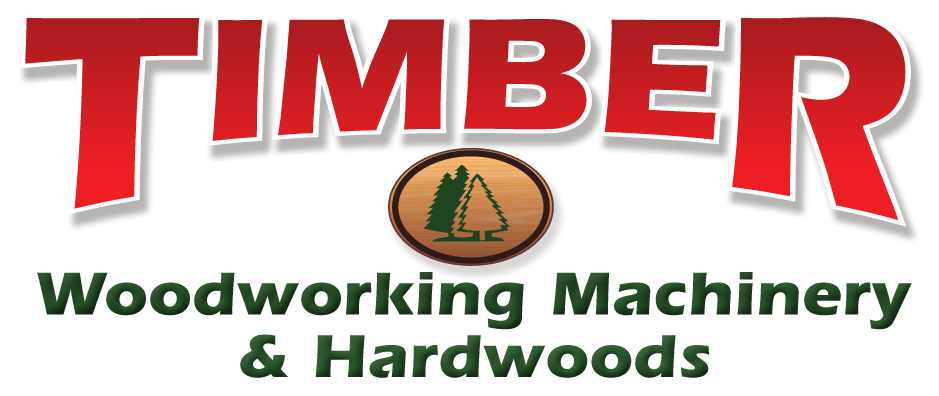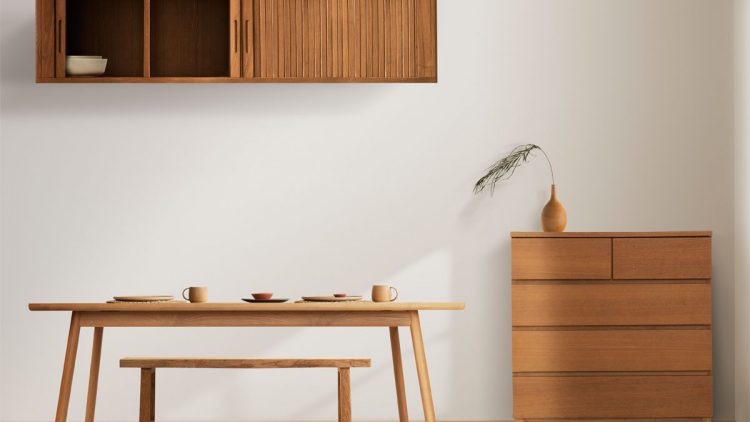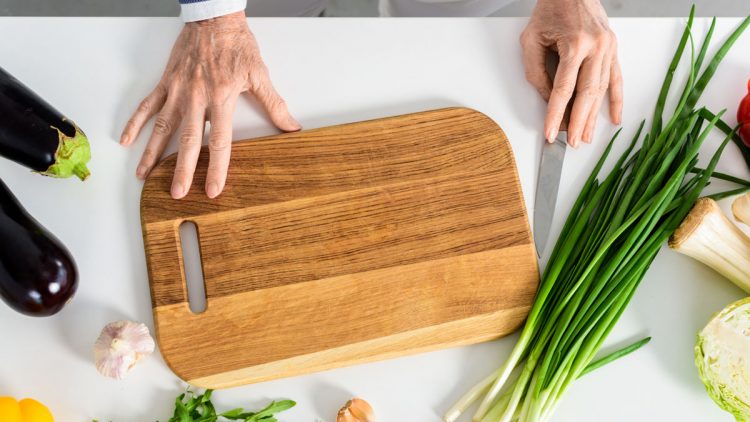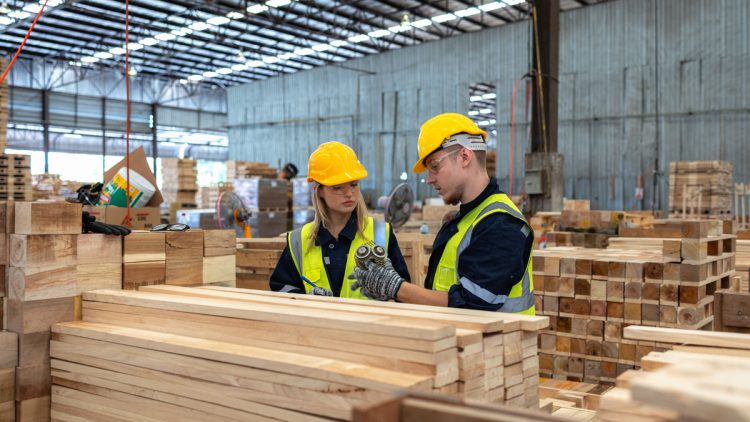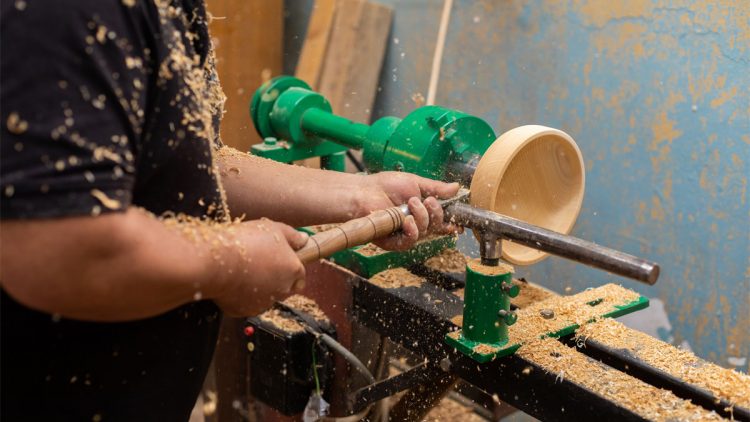Is Maple Considered a Hardwood?
Why Is Maple Considered a Hardwood?
✔️ Hardwood vs. Softwood: Hardwood comes from deciduous trees (trees that lose their leaves in winter), while softwood comes from evergreens. Since maple trees are deciduous, they are classified as hardwood.
✔️ Janka Hardness Scale: Maple ranks high on hardness—especially hard maple (sugar maple), which has a Janka hardness rating of 1,450 lbf (pounds-force), making it one of the harder domestic woods.
Types of Maple Wood
1️⃣ Hard Maple (Sugar Maple, Rock Maple)
- Very dense & strong
- Used for furniture, flooring, butcher blocks, and bowling alleys
- Lighter color with a fine, even grain
2️⃣ Soft Maple (Red Maple, Silver Maple, Bigleaf Maple)
- Softer than hard maple but still durable
- Easier to work with for cabinetry, musical instruments, and turning projects
- More variety in color and grain
Is Maple Good for Woodturning? (Since You’re Turning Bowls & Spindles 😉)
✅ Hard Maple: Tougher, great for durable bowls but can be harder on tools.
✅ Soft Maple: Easier to turn, still strong, and takes stain well.
👉 Tip: If you’re turning bowls, soft maple is often preferred for its smoother cutting, but hard maple polishes beautifully and is great for high-end pieces.
Best Uses For Maple Wood
Best Uses for Maple Wood 🌳🔨
Maple is a versatile, strong, and durable hardwood, making it popular for a variety of woodworking projects. It comes in hard maple (sugar maple) and soft maple (red, silver, or bigleaf maple), each with unique characteristics.
1. Furniture 🪑
✔️ Hard maple is dense, durable, and resistant to wear, making it ideal for:
- Dining tables & chairs
- Dressers & cabinets
- Desks & bookcases
- High-end custom furniture
👉 Why? It’s long-lasting, resists scratches, and has a smooth, even grain for a refined look.
2. Flooring & Stairs 🏡
✔️ Hard maple is a top choice for:
- Hardwood flooring (especially in high-traffic areas)
- Stair treads & railings
👉 Why? Maple is dense and durable, making it resistant to dents and scratches, plus it finishes beautifully.
3. Wood Turning & Carving 🌀
✔️ Both hard and soft maple are great for turning!
- Bowls
- Spindles
- Tool handles
- Decorative carvings
👉 Tip for You (Since You’re Into Woodturning! 😉)
- Soft maple is easier to turn and takes stains well.
- Hard maple polishes beautifully but is tougher on tools.
4. Cutting Boards & Butcher Blocks 🔪
✔️ Hard maple is the gold standard for food-safe surfaces like:
- Cutting boards
- Butcher blocks
- Rolling pins & utensils
👉 Why? It’s non-porous, resists bacteria, and won’t dull knives as quickly as some other woods.
5. Musical Instruments 🎻🎸
✔️ Hard maple is commonly used in:
- Guitar necks & bodies (Fender Stratocasters often have maple necks!)
- Violin backs & sides
- Drum shells & drumsticks
- Piano frames
👉 Why? It has great acoustic properties—clear, bright tones with excellent sustain.
6. Cabinetry & Millwork 🚪
✔️ Maple is often used for:
- Kitchen cabinets
- Trim & molding
- Doors & paneling
👉 Why? Its smooth grain takes stains and paint well, making it great for both natural and finished looks.
7. Sports Equipment 🏀🏒
✔️ Maple’s toughness & shock resistance make it ideal for:
- Bowling lanes & pins
- Baseball bats (many MLB bats are hard maple)
- Hockey sticks
- Gymnasium floors
👉 Why? It’s impact-resistant and holds up to heavy use.
Final Thoughts: Why Choose Maple?
✅ Extremely durable & strong (especially hard maple).
✅ Beautiful grain—can be left natural, stained, or painted.
✅ Versatile—great for fine furniture, floors, turning, and more.
✅ Readily available—a top choice for both professionals & hobbyists.
Hardwoods Mesa by Timber Woodworking
Timber Wood Working offers hardwoods in Mesa, Arizona. We specialize in woodworking tools, equipment, and supplies for commercial woodworking cabinet shops or furniture manufacturers as well as the home shop hobbyist. Contact us today, or call if you should have any questions.
